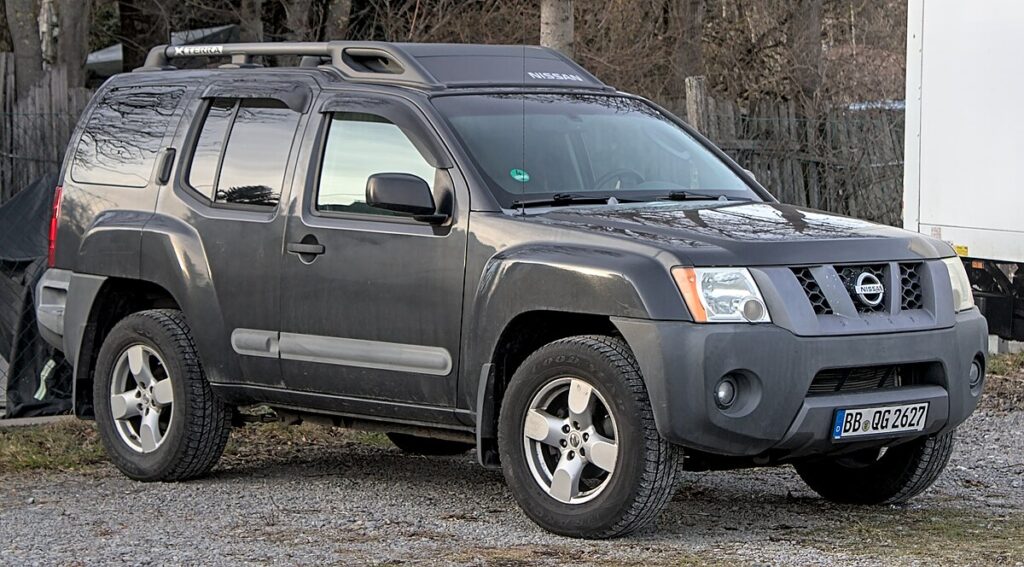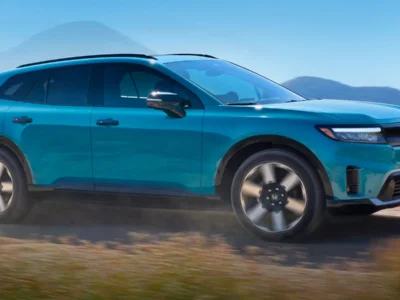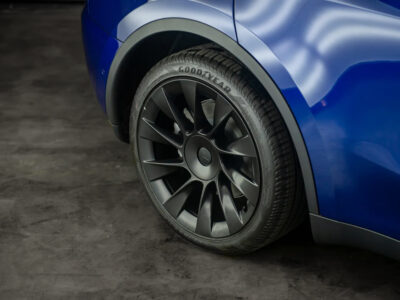
Nissan Xterra Tire Pressure Guide (2000–2015): Complete PSI Chart by Year and Tire Size

Maintaining the correct tire pressure on your Nissan Xterra is essential for optimal safety, performance, and fuel economy. Below is the most comprehensive guide available online—covering every Xterra model year and tire configuration, including factory sizes, load indexes, and recommended PSI levels.
- 🚙 Why Correct Tire Pressure Matters for Your Nissan Xterra
- ⚙️ How to Check Nissan Xterra Tire Pressure
- 📊 Nissan Xterra Tire Pressure Chart by Year
- 🧭 Recommended Tire Pressure by Trim Level (2005–2015)
- 🛠️ Tire Pressure Monitoring System (TPMS)
- 💡 Nissan Xterra Tire Care Tips
- 🧭 How to Fix Low Tire Pressure in 5 Easy Steps
- ⚡ Quick Reference Summary
- 🚗 Final Thoughts
🚙 Why Correct Tire Pressure Matters for Your Nissan Xterra
The Nissan Xterra is a rugged, off-road-ready SUV, but its tires are only as capable as their air pressure allows. Proper inflation ensures:
You may be interested in reading Nissan Qashqai Dashboard Warning Lights Explained: Complete Guide (2006–2025)
Nissan Qashqai Dashboard Warning Lights Explained: Complete Guide (2006–2025)- Consistent traction on all terrains
- Even tire wear and extended lifespan
- Improved fuel efficiency
- Better ride comfort and steering response
Underinflation can lead to poor handling and overheating, while overinflation can cause excessive wear and reduced grip.
⚙️ How to Check Nissan Xterra Tire Pressure
Every Xterra model from 2000 onward includes a Tire Pressure Monitoring System (TPMS). However, we recommend verifying readings manually using a digital gauge at least once a month and before long trips.
You may be interested in reading Nissan Qashqai Dashboard Warning Lights Explained: Complete Guide (2006–2025)
Nissan Qashqai Dashboard Warning Lights Explained: Complete Guide (2006–2025) Nissan Qashqai Engine Oil Guide: Specs, Choices & Maintenance Tips
Nissan Qashqai Engine Oil Guide: Specs, Choices & Maintenance Tips- Locate the placard: Inside the driver’s door jamb
- Check pressure cold: Before driving or after the vehicle has been parked for 3+ hours
- Adjust using an air compressor: Match the PSI values below to your model year and tire size
📊 Nissan Xterra Tire Pressure Chart by Year
The table below lists the factory-recommended tire pressures for all Nissan Xterra trims from 2000 to 2015.
| Model Year | Tire Size | Load Index | Speed Rating | Front PSI | Rear PSI |
|---|---|---|---|---|---|
| 2015 | P265/75R16 | 114 | S | 35 | 35 |
| 2014 | P265/75R16 | 114 | S | 35 | 35 |
| 2013 | P265/75R16 | 114 | S | 35 | 35 |
| 2012 | P265/75R16 | 114 | S | 35 | 35 |
| 2011 | P265/75R16 | 114 | S | 35 | 35 |
| 2010 | P265/75R16 | 114 | S | 35 | 35 |
| 2009 | P265/75R16 | 114 | S | 35 | 35 |
| 2008 | P265/75R16 | 114 | S | 35 | 35 |
| 2007 | P265/75R16 | 114 | S | 35 | 35 |
| 2006 | P265/75R16 | 114 | S | 35 | 35 |
| 2005 | P265/75R16 | 115 | S | 35 | 35 |
| 2004 | P265/70R15 | 110 | S | 30 | 30 |
| P265/70R16 | 111 | S | 30 | 30 | |
| P265/65R17 | 110 | T | 30 | 30 | |
| 2003 | P265/70R15 | 110 | S | 30 | 30 |
| P265/70R16 | 111 | S | 35 | 35 | |
| P265/65R17 | 110 | T | 30 | 30 | |
| 2002 | P265/70R15 | 110 | S | 30 | 30 |
| P265/70R16 | 111 | S | 30 | 30 | |
| P265/65R17 | 110 | T | 30 | 30 | |
| 2001 | P235/70R15 | 95 | H | 26 | 26 |
| P265/70R15 | 110 | S | 26 | 26 | |
| 2000 | P235/75R15 | 105 | S | 26 | 26 |
🧭 Recommended Tire Pressure by Trim Level (2005–2015)
| Trim | Tire Size | Recommended PSI |
|---|---|---|
| Xterra S / X | P265/70R16 | 35 psi |
| Xterra Off-Road / PRO-4X | P265/75R16 | 35 psi |
| Xterra SE | P265/65R17 | 35 psi |
🛠️ Tire Pressure Monitoring System (TPMS)
All 2008 and newer Nissan Xterras include a TPMS that automatically alerts the driver if tire pressure drops below the safe threshold.
If the TPMS warning light stays on after refilling:
 Nissan Qashqai Dashboard Warning Lights Explained: Complete Guide (2006–2025)
Nissan Qashqai Dashboard Warning Lights Explained: Complete Guide (2006–2025) Nissan Qashqai Engine Oil Guide: Specs, Choices & Maintenance Tips
Nissan Qashqai Engine Oil Guide: Specs, Choices & Maintenance Tips Understanding the Flashing Airbag (SRS) Light on a Nissan Qashqai
Understanding the Flashing Airbag (SRS) Light on a Nissan Qashqai- Drive at least 10–15 minutes above 30 mph to reset.
- If it remains on, manually reset through the TPMS reset button under the dashboard or by disconnecting the vehicle battery for 10 minutes.
💡 Nissan Xterra Tire Care Tips
- Rotate tires every 6,000–8,000 miles.
- Inspect tread depth regularly; replace tires below 2/32".
- Adjust PSI for load: Add 2–3 psi when towing or carrying heavy cargo.
- Seasonal adjustment: In cold weather, pressure drops ~1 psi per 10°F drop in temperature.
🧭 How to Fix Low Tire Pressure in 5 Easy Steps
- Park safely and ensure the tires are cool.
- Remove the valve cap and attach a digital pressure gauge.
- Read PSI and compare it to the recommended chart.
- Inflate or deflate using an air compressor.
- Recheck all tires and reinstall valve caps securely.
⚡ Quick Reference Summary
| Tire Size | Recommended PSI | Common Trim |
|---|---|---|
| P265/75R16 | 35 psi | Off-Road, PRO-4X |
| P265/70R16 | 35 psi | S, X |
| P265/65R17 | 35 psi | SE |
| P235/70R15 | 26 psi | Early Base Models |
| P265/70R15 | 30 psi | 2002–2004 |
🚗 Final Thoughts
For the Nissan Xterra (2000–2015), tire pressures range between 26 and 35 psi, depending on tire size and year. Keeping your tires at the correct PSI ensures optimal handling, longer lifespan, and improved off-road performance. Always verify PSI levels during major temperature changes and before long trips.
If you want to know other articles similar to Nissan Xterra Tire Pressure Guide (2000–2015): Complete PSI Chart by Year and Tire Size you can visit the category Blog.
Deja una respuesta






More content of your interest